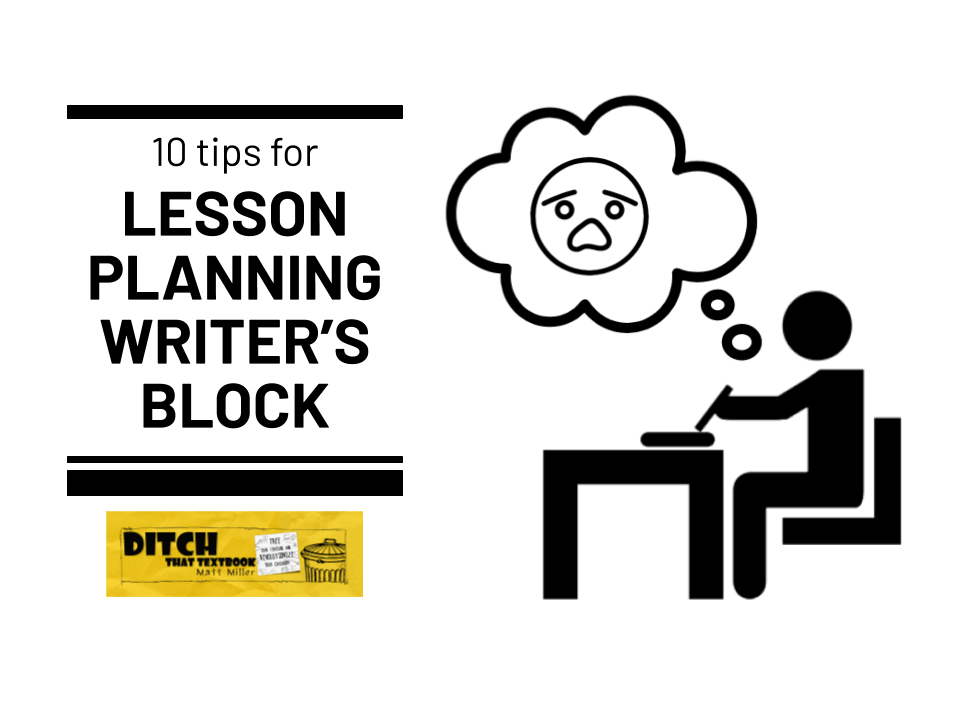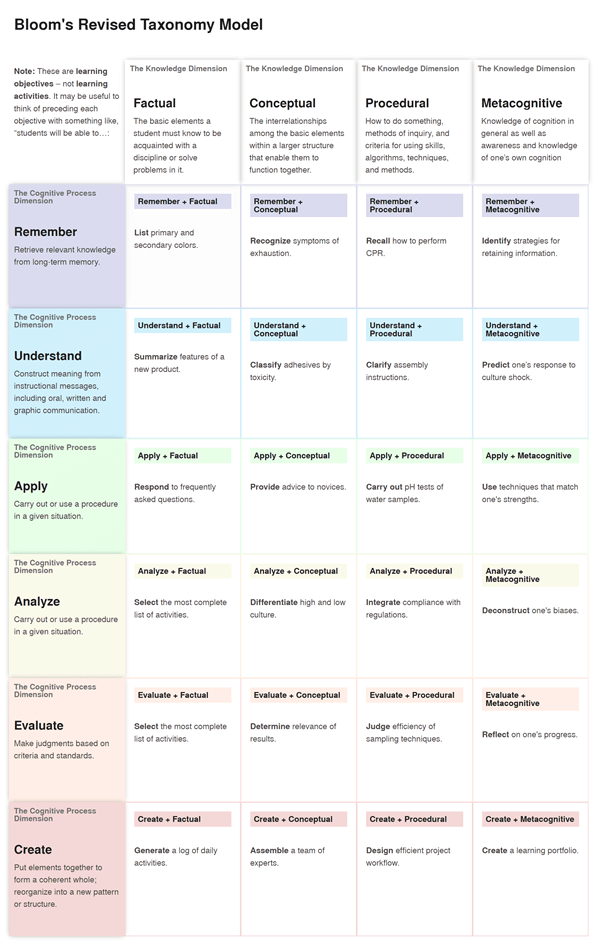
Lesson planning is hard -- especially when the ideas aren't flowing freely. Here are some tips for overcoming lesson planning writer's block.
It's the end of the school day. Or the beginning of your prep hour. You have a little lesson planning time for the next week. (Or maybe the next day!)
You sit down to start planning and you've got nothing. No creative ideas. Not even any good ideas! The muse is definitely not visiting you, and you need something good for your students.
What do you do?
Anyone responsible for creative ideas -- writers, music composers, artists, videographers, and yes ... teachers! -- will tell you the hardest way to be creative is on demand. Sitting with a blank lesson planning book staring you in the face -- or a blinking cursor on a screen -- doesn't seem to generate creativity.
Thankfully, there are some ways to spark those creative lesson planning ideas and overcome writer's block.
Some will help you in the moment you need it. However, I've found the best way to generate lesson planning ideas is to come up with them before you need them.
Here are some tips that can help!
1. Think back on your best lessons.
This may seem pretty obvious. But take a moment and consider your lesson planning wins over the last several days and weeks. Think about the best lessons you've ever done. Are there elements from those lessons that you can incorporate into what you're planning now?
2. Look at your activity through a new lens.
The same old task can feel completely new if viewed through a new lens. This simple twist can transform student activities and give your lesson planning ideas a refresh.
Examples:
- Instead of an essay recapping a science lab, what if students wrote it as a letter penned by a historic scientist on the verge of a breakthrough?
- Instead of a head and shoulders video response, what if students recorded themselves as a news anchor delivering the info as a news report?
- Instead of doing repetitive flash card practice, what if students played it as a game show, collecting points and earning imaginary prizes?
3. Be proactive.
As mentioned earlier, the hardest way to be creative is on demand. I've found that one of the easiest ways to be creative is when the pressure is off and ideas just come to me.
Of course, this won't help you if you need an idea RIGHT NOW. But if you commit to capturing your best ideas when they come to you, it'll help to eliminate the need to conjure up ideas in the moment.
My best idea capturing devices are a notebook and my phone. I have jotted ideas in the Google Keep app and the OneNote app. (OneNote is my favorite right now.) When I know I need inspiration, I'll go back to those notes. Usually, I'll find something I had forgotten about.
There's something about pen and paper that still connects well with my brain. I like to carry a pocket notebook to jot ideas. I've heard of people carrying an index card or two. If you have a centralized place to keep these ideas til you need them, you're in business.
4. Take a walk.
Wait. We need to plan lessons here. The advice is to -- literally -- walk away?
Yep. When my brain is in a funk, I disconnect and exercise whenever possible. Taking a walk sends pressure waves through the arteries in your feet. This increases and modifies the blood flow through your brain. Improved brain activity. Improved ideas.
It's not like you're leaving your work behind, either. While you walk (or exercise), you're still thinking. And when you come back, the ideas you generate may kick your lesson planning into high gear, making you more productive than you were before. (It almost always does for me!)
5. Go on social media. (Briefly!)
Warning: This advice can be dangerous if done incorrectly!
I've found social media to be a treasure trove of apps, teaching ideas, and resources. For me, I've spent years adding educators to my Twitter feed. Whenever I bring up Twitter, my feed is full of useful stuff. I know lots of educators use Pinterest in the same way.
I've found that social media -- especially Twitter -- isn't for "use in class tomorrow" ideas. I'll grab ideas from Twitter and store them away for the future. (See #3 above.) My favorite way is to add tweets to Wakelet collection using their Chrome extension.
Here's where this can be dangerous ...
Social media can be a long, twisting, never-ending rabbit hole. Spend 20 minutes there and the next thing you realize, you're looking at shoes that'll be perfect for your next Halloween costume. Consider giving yourself a limit -- maybe 5 or 10 minutes -- to look for a spark of inspiration.
6. Visit another class.
Years ago, I got to spend part of a day outside my high school Spanish class to visit other teachers' classes to observe them. It was a FANTASTIC source of ideas. I loved seeing how an English teacher and a science teacher ran their classes. I saw the tasks they gave their students. My brain started spinning with new lesson planning ideas.
Visiting classes in a different grade level -- or school level -- can be huge, too. Since then, I've been a substitute teacher in elementary school classes. This has inspired my high school teacher brain with ideas I never would have considered.
7. Identify what's interesting about your content.
Again, sounds obvious. But go with me for a moment.
What's the natural draw of the lesson or content you're teaching? Why did someone think it was so important one day that they added it to the curriculum?
- Conflict. This is what makes books and movies so interesting. Our brains love it.
- Intrigue. When something isn't quite right, it's like a puzzle we want to solve.
- Human interaction. We love watching others interact -- and interacting ourselves.
- Story. It's how we've passed information down for generations.
When you know what the innate draw is for what you teach, you can emphasize that and create learning activities around it.
8. Look at Revised Bloom's Taxonomy.
You probably already know about Bloom's Taxonomy. But have you seen Revised Bloom's?
A Model of Learning Objectives–based on A Taxonomy for Learning, Teaching, and Assessing: A Revision of Bloom's Taxonomy of Educational Objectives by Rex Heer, Center for Excellence in Learning and Teaching, Iowa State University is licensed under a Creative Commons Attribution-NonCommercial-ShareAlike 3.0 Unported License. Click here to view it on the CELT website.
Revised Bloom's shares 24 different types of tasks based out of the verb (type of thinking) and the noun (type of knowledge).
Don't think of this as yet onther thing you HAVE to use. Think of it as a source of ideas when you're stumped.
While I'm at it, have you seen the ISTE student standards? It's another great source of lesson planning ideas.
9. Start with what's fun.
What's fun? What do your students like to do? What are they constantly talking about?
You might be able to use that as a lens to see a task. (See #2 above.)
Video games. Mobile apps. YouTube channels. After-school activities. Makeup. Trading cards. The sky's the limit.
Listen. Watch. Ask. Then be willing to go to that world with your students. You may be surprised at what you find.
10. Use free association.
Some people will call this a "brain dump". Jot down all of the ideas you have about a particular topic. In this case, jot down everything you can think of about the lesson you're about to teach.
- What content is there to cover?
- Who are the main characters?
- Where might students use this?
- What are students excited about?
Keep going and going.
Write ideas on a white board. Use sticky notes. Use a notepad.
It may seem crazy. But this is a common approach in advertising and marketing. When you start seeing words and ideas together in one place, the brain starts to make connections it might not otherwise.
What other ideas do you have for generating lesson planning ideas? Please share them in a comment below!
For notifications of new Ditch That Textbook content and helpful links:
- like Ditch That Textbook on Facebook
- follow @jmattmiller on Twitter
- check out the #DitchBook community on Twitter
- follow Ditch That Textbook on Pinterest
- subscribe to the Ditch That Textbook YouTube channel!
Interested in having Matt present at your event or school? Contact him by e-mail!
Is Matt presenting near you soon? Check out his upcoming live events!













Very helpful! All writers experience writer’s block moments when one simply struggles to put ideas into words.
Also, please read my blog on How to Beat Writer’s Block
Thank you…
[…] Educators often feel the need to engage students in their lessons in addition to educating while also adhering to set content standards and maneuvering around an ever-changing schedule. Writing great lesson plans is not often an easy task so what do educators do when they reach writer’s block? Matt Miller from Ditch That Textbook offers the following tips for overcoming writer’s block (source). […]
[…] 10-tips-for-lesson-planning-writers-block […]
[…] Read the full story by Ditch That Textbook […]
[…] from Iowa State University; with a shout out to Matt Miller for his blog posting entitled, “10 tips for lesson planning writer’s block” — where I saw this […]